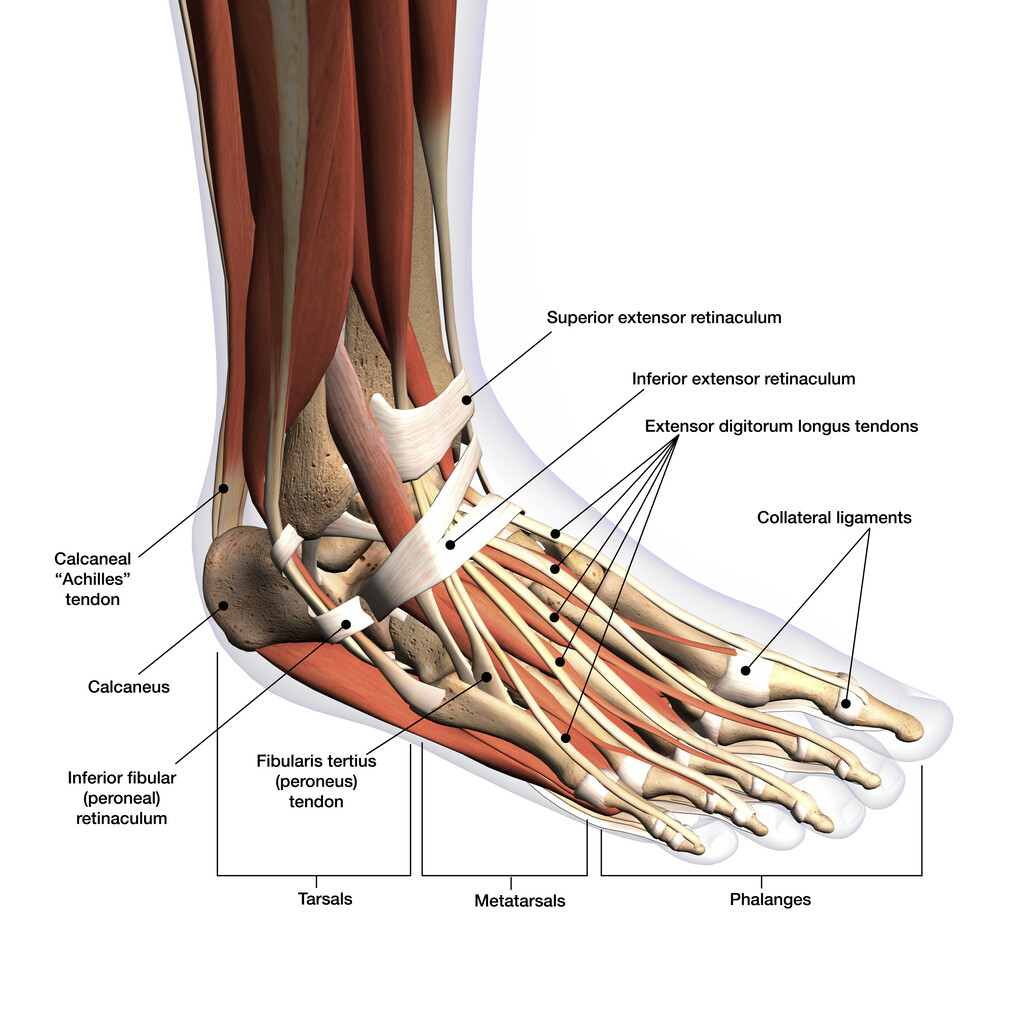
Tendons of the Foot JOI Jacksonville Orthopaedic Institute
The extensor digitorum brevis is a small, thin muscle which lies underneath the long extensor tendons of the foot. Attachments: Originates from the calcaneus and inferior extensor retinaculum. It attaches onto the long extensor tendons of the medial four toes. Actions: Extension of the lateral four toes.

Tendon Diagram Leg muscles leg tendons hamstrings diagram
Tendons in the Foot Diagram: Understanding the Anatomy and Function. The foot is a complex structure composed of bones, muscles, ligaments, and tendons. While all these components work together to support our body weight and facilitate movement, it's the tendons in the foot that play a crucial role in transmitting the force generated by the.

Human Anatomy for the Artist The Dorsal Foot How Do I Love Thee? Let
Ankle Joint. The ankle joint is where your shin bone (tibia), calf bone (fibula) and talus bone meet. It joins your foot to your lower leg. Your ankle also contains cartilage, ligaments, muscles, nerves and blood vessels. Your ankles move in two main directions and you use them any time you move your feet and legs.
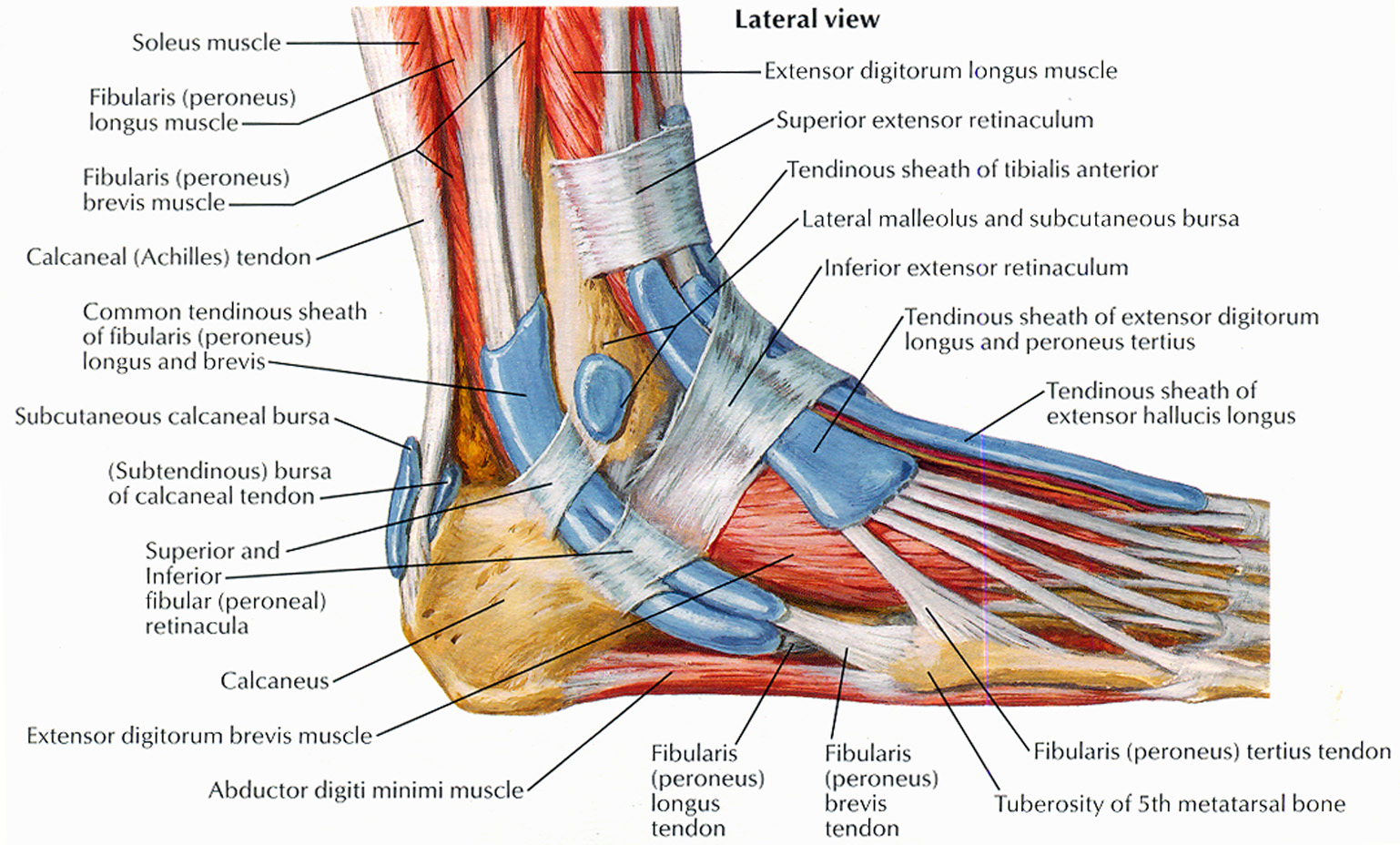
Foot Anatomy Bones, Muscles, Tendons & Ligaments
Ankle joint Explore study unit Joints and ligaments of the foot Explore study unit Bones of the foot There are 26 bones in the foot, divided into three groups: Seven tarsal bones Five metatarsal bones Fourteen phalanges Tarsals make up a strong weight bearing platform.
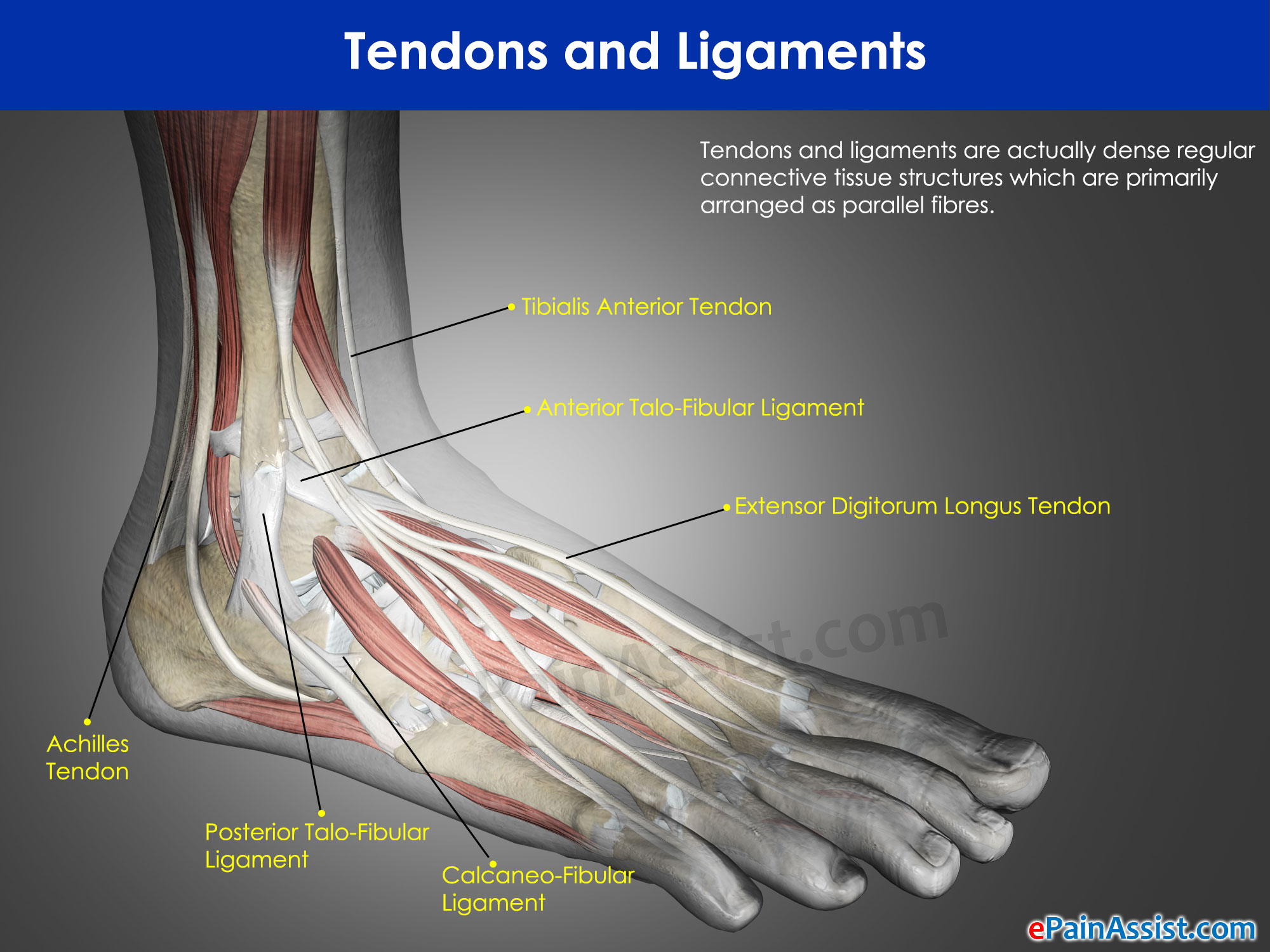
Tendons and LigamentsInjuriesRecoveryDifferenceFunction
The foot contains 26 bones, 33 joints, and over 100 tendons, muscles, and ligaments. This may sound like overkill for a flat structure that supports your weight, but you may not realize how much work your foot does! The foot is responsible for balancing the body's weight on two legs - a feat which modern roboticists are still trying to replicate.
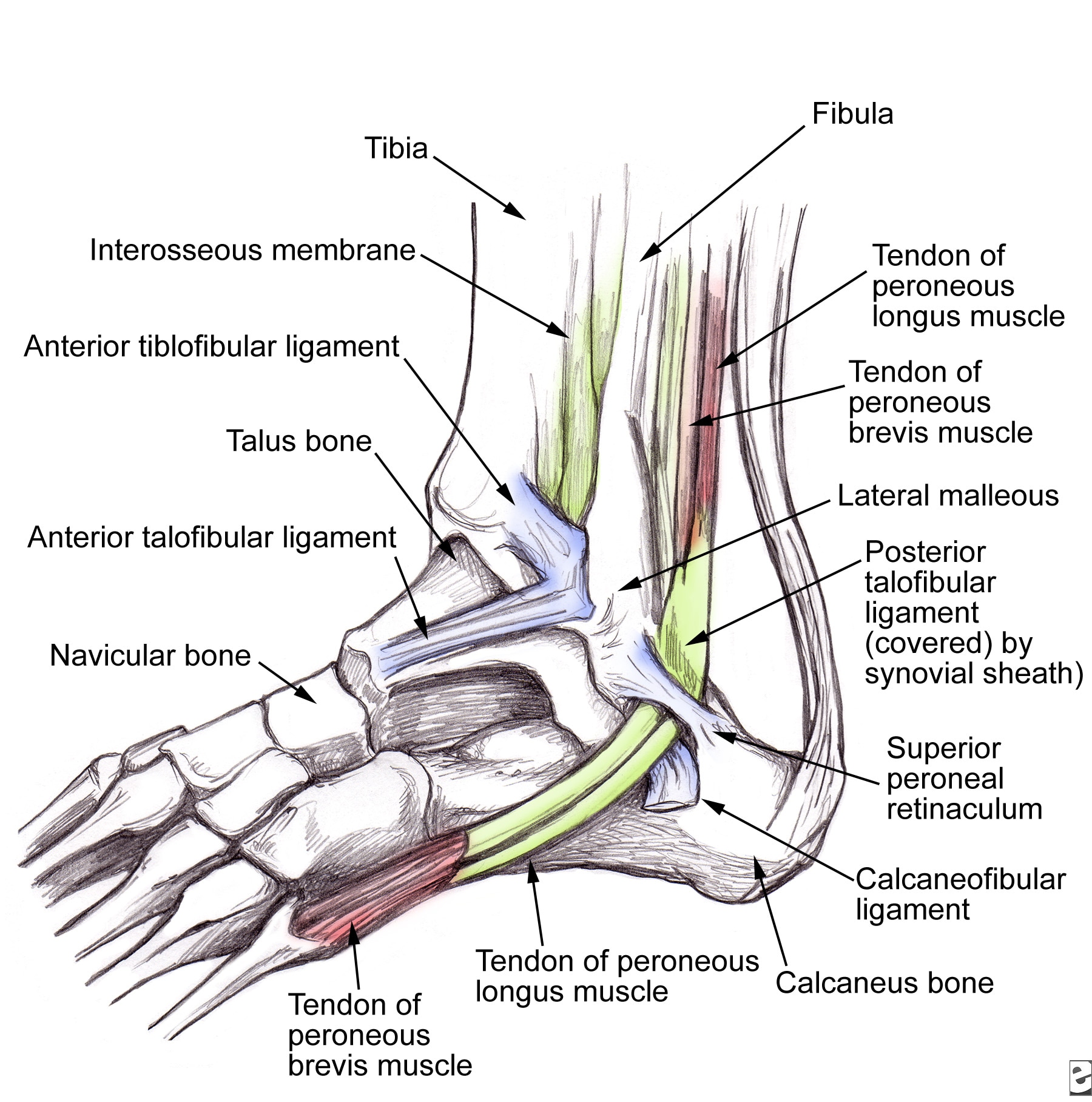
Strained Peroneal Tendon...? run.around.aroo
4 Main Motions of the Foot Dorsal flexion (pulling the foot and toes upward): The main tendon for this movement is the Anterior Tibialis. Plantar flexion (pointing the foot and toes downward): The main tendon for this is the Achilles Tendon. Inversion (turning the foot inward): The main tendon for this is Posterior Tibialis Tendon.

Loading... Human anatomy chart, Foot anatomy, Nerve anatomy
The muscles and tendons in the foot work together to provide movement and support. There are more than 20 muscles in the foot, each with a specific role in facilitating various foot movements. The intrinsic muscles of the foot are located within the foot itself and are responsible for fine movements, such as flexing and extending the toes.

Foot and Ankle Injury, sprained ankle guide Foot Anatomy, Human Anatomy
There are a variety of anatomical structures that make up the anatomy of the foot and ankle (Figure 1) including bones, joints, ligaments, muscles, tendons, and nerves. These will be reviewed in the sections of this chapter. Figure 1: Bones of the Foot and Ankle Regions of the Foot

image lateral_ankle for term side of card Ligament Tear, Ligaments And
The tendons in the foot are thick bands that connect muscles to bones. When the muscles tighten (contract) they pull on the tendons, which in turn move the bones. Arguably, the most important tendon is the Achilles tendon, which allows the calf muscles to move the ankle joint.

Foot Description, Drawings, Bones, & Facts Britannica
Overview What is foot tendonitis? Foot tendonitis (tendinitis) is inflammation or irritation of a tendon in your foot. Tendons are strong bands of tissue that connect muscles to bones. Overuse usually causes foot tendonitis, but it can also be the result of an injury. Are there different types of foot tendonitis? Your feet contain many tendons.

Tendons And Ligaments In Foot And Leg Lateral Ankle Anatomy Lower Leg
A tendon, also known as a sinew, is a fibrous tissue that helps to facilitate this movement. 1 Tendons join muscles to their corresponding bones. Without tendons, your muscles wouldn't be able to make your bones move. Tendons are sometimes confused with ligaments. Ligaments and tendons serve similar purposes, but in different ways.
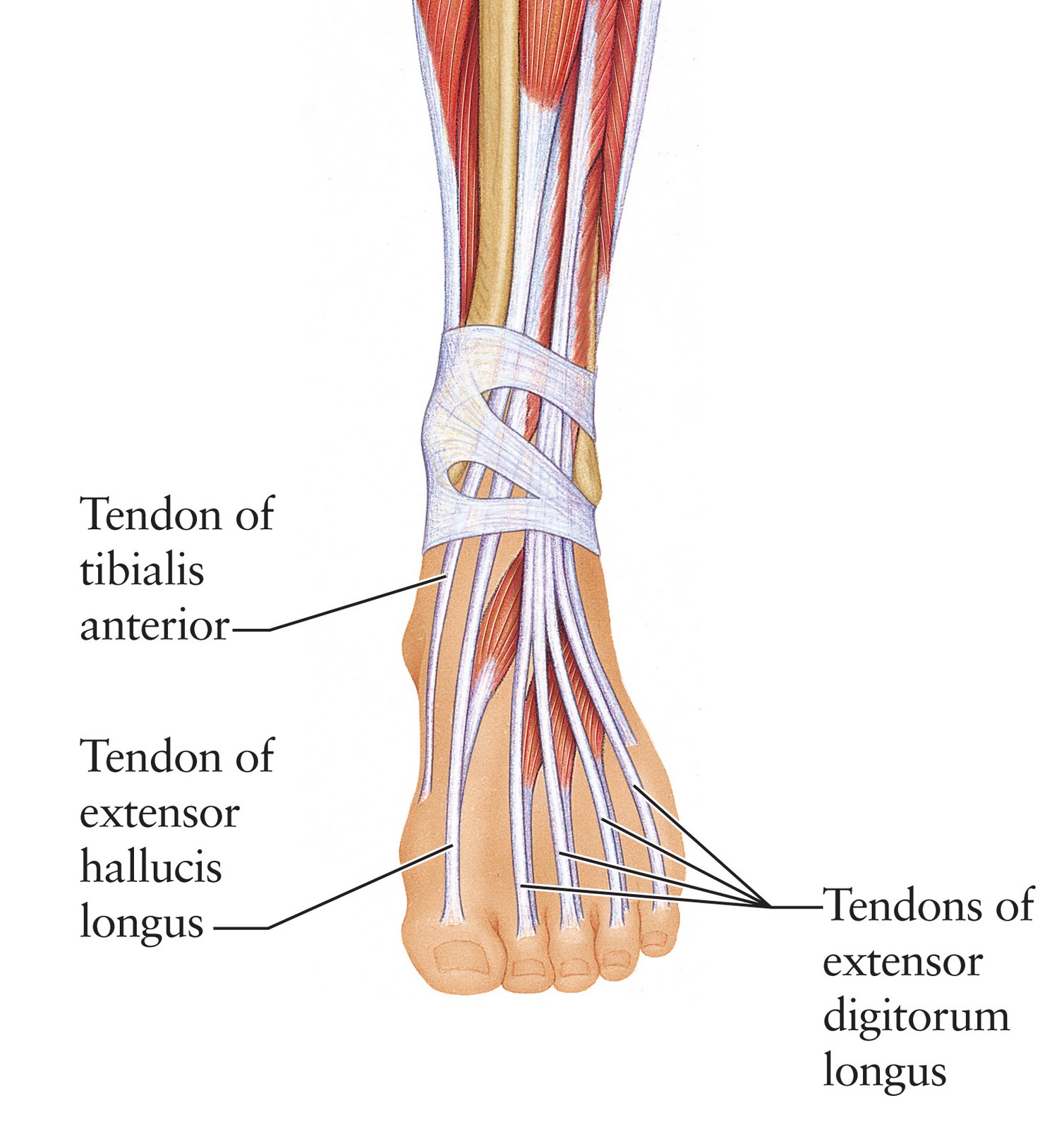
Human Anatomy for the Artist The Dorsal Foot How Do I Love Thee? Let
The Achilles tendon connects your calf muscles to your heel bone and helps them move your foot and ankle. When you contract (squeeze) a muscle, its tendons pull the attached bone, making it move. They're like levers that help bones move when your muscles contract and expand. Your Achilles tendon lets you move your heel and foot.

Tendinopathy causes, symptoms, diagnosis, treatment and exercises
33 joints more than 100 muscles, tendons, and ligaments Bones of the foot The bones in the foot make up nearly 25% of the total bones in the body, and they help the foot withstand weight..

Diagram showing the tendons and ligaments of the ankle and foot
Structure Tendons are a type of dense, regular connective tissue. They are primarily made of strands of protein called collagen. These strands run parallel to each other to allow your tendons to effectively and efficiently transmit the force produced by your muscles to move your bones.
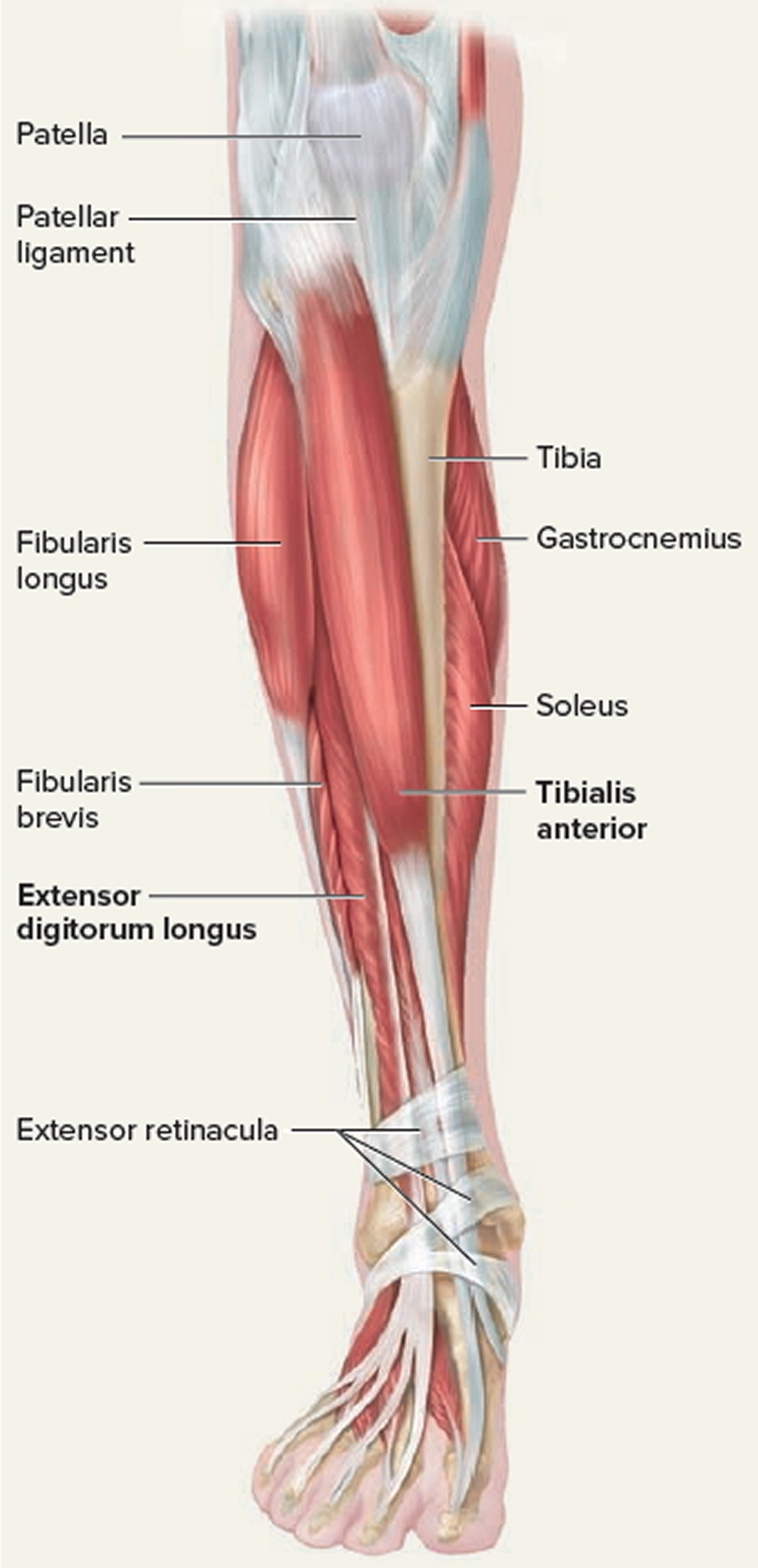
Tendon Function, Arm, Hand Tendons Leg and Achilles Tendons
The foot's complex structure contains more than 100 tendons, ligaments, and muscles that move nearly three dozen joints, while bones provide structure.

Muscles of the Leg and Foot Classic Human Anatomy in Motion The
1. Tibialis Anterior Tendon The tibialis anterior muscle originates from the outer side of the tibia and passes down the front of the shin. The muscle turns into tendon about two thirds of the way down the shin and travels across the front of the ankle joint to the inner side of the foot underneath the medial foot arch.